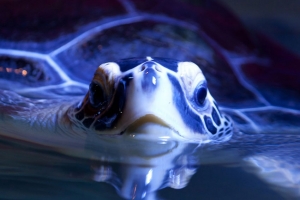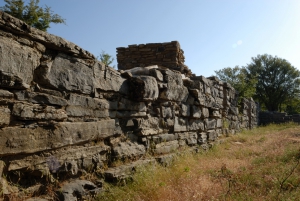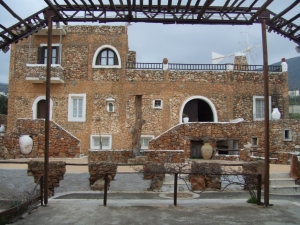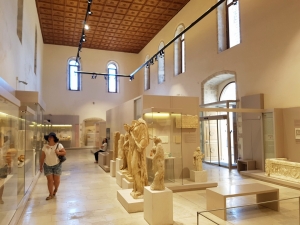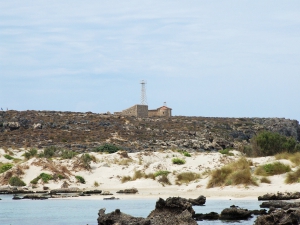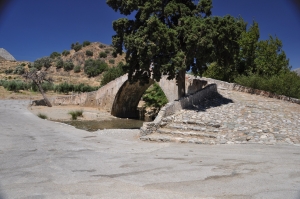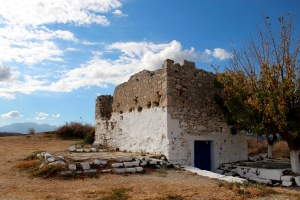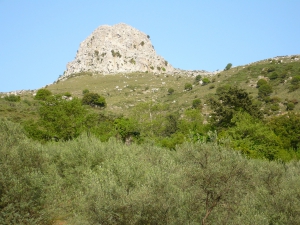Aquaworld Aquarium has been operating since 1995 by John McLaren and is located very close to the main road of Hersonissos.
Ancient Zominthos is located 7km west of Anogia, on the road heading to the plateau of Nida. Discovered in 1982, Zominthos is one of the most important archaeological discoveries in Crete, compared my many to that of Knossos.
The Open-air Museum Lychnostatis was founded in 1992 by the doctor and collector George Makrakis. The buildings themselves are some of the main exhibits as they were built thoroughly with the prevalent raw materials (stone-wood-clay).
The Archaeological Museum of Rethymnon is temporarily hosted in the basilica of Agios Fragiskos (St Francis) in the old town of Rethymnon. It hosts exhibits from various excavations around the prefecture of Rethymnon which represent all periods from the Neolithic Age to the Roman period.
Elafonissi, the "Tomb of the ships" came to surface in February 1907 when the Austrian ship Imperatrix was sank here with 182 people (crew and passengers). During the event, 38 people were drowned and buried on the penisnula. If there were not the Russian ship Hivendis, the monks of Chrysoskalitissa monastery and some locals, who swam in the stormy sea to rescue the shipwrecked people, and then treated them, there would be more drowned passengers.
The beautiful arched bridge of Prevelis is met on the way to the homonym monastery and crosses Megas River which empties at the famous beach of Preveli. It was built in the 18th century by monks of the monastery.
The fortress of Apicorno has been one of the most important forts of the Gulf of Souda. The Castel Apicorno or Bicorna gave its name to the province of Apokoronas, called like this even today, although the fort is destroyed.
Karfi (i.e. nail) is a big rocky hill on a top of the Diktaean Mountains, with incredible views to the north coasts of Crete and Lassithi Plateau, near the Monastery of Kera Kardiotissa. Atop of it, at an altitude of 1200m, traces of a Minoan peak sanctuary have been found.





